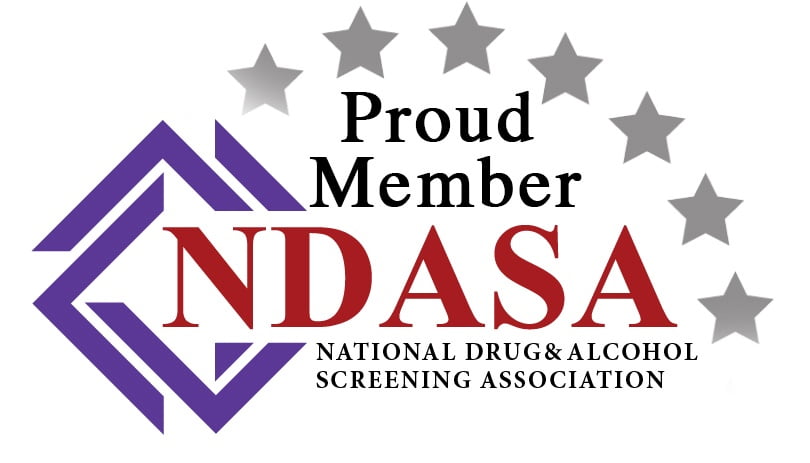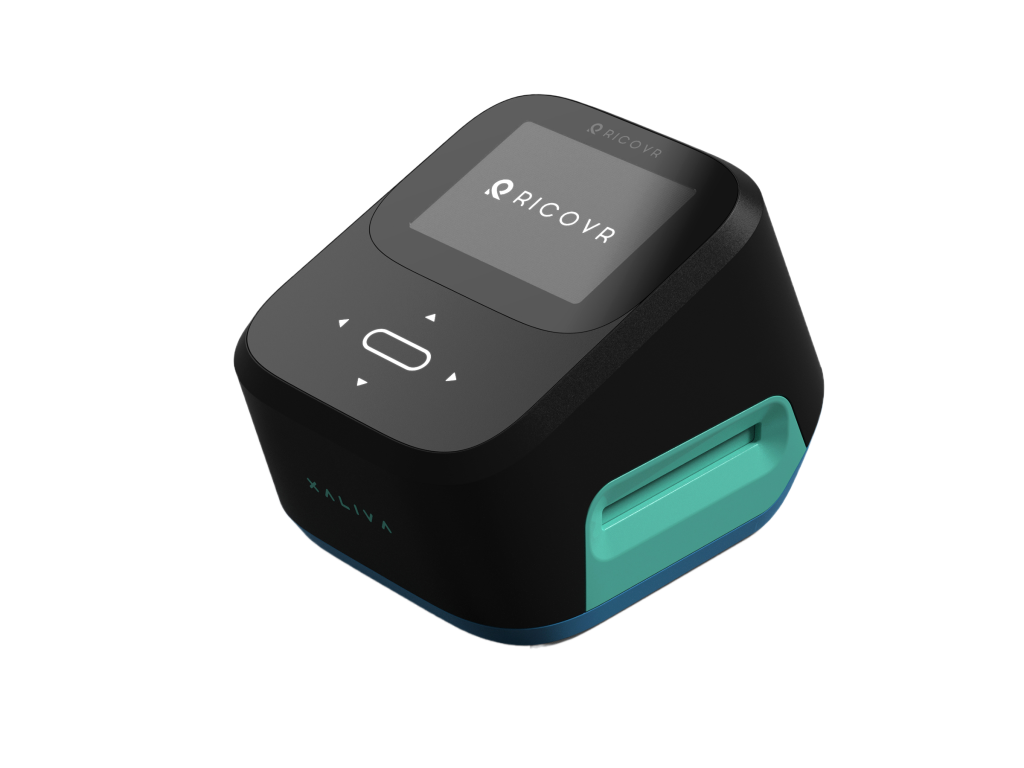Dr. Himanshu Bhatia, Founder & CEO and Kyle Muse, CMO
Nov. 15, 2021
Marijuana legalization and the workplace
1 in 3 Americans now lives in a state with legal access to marijuana.1 Legalization of recreational and medical cannabis has led to increased marijuana usage in the workplace, where 39% of recreational users admit to going to work “high” at least once per week.2 What is more, the percentage of employees high at work increased 60% from 2015 to 20193 and shows no signs of slowing down as legal marijuana is becoming commonplace in more states and jurisdictions around the U.S.
This puts employees and employers at greater risk as individuals who test positive for marijuana have 55% more industrial accidents, as well as 85% more injuries and 75% more absenteeism.4

The current state of marijuana drug testing
Lab-based urine testing is the most popular employer drug testing method, with over 50 million urine-based drug tests for marijuana being conducted each year in the U.S5 for pre-employment screening, after an accident or incident, under reasonable suspicion, or entirely at random.
As far as employer drug testing policy goes, there are two main issues with lab-based urine marijuana drug tests – adulteration and the length of detection time in comparison to the window of impairment, which can result in false results as well as potential unfair termination of employees.
Adulteration, also referred to as cheating, is the major downside of employer urine tests. It is relatively easy to accomplish as the process of taking samples is generally not supervised and can be altered by purchasing fake urine or using a clean sample from someone else. The adulteration issues are demonstrated by lower urine positivity rates for marijuana when compared to increasing positivity rates among saliva-based drug tests. In 2020, marijuana positivity increased only 16.1% for urine tests compared to 35% for saliva-based tests.6
The length of detection time in comparison to the window of impairment is another major issue for employers. The amount of time that marijuana is detected in urine from a drug test ranges from a few to 30 days whereas the window of impairment (the length of time marijuana’s psychoactive properties affects the user and creates a “high”) can last from 3 to 10 hours, according to the most recent Neuroscience & Behavioral Reviews study.7
This makes urine-based testing a problematic solution, especially in the 18 states that have legalized recreational use of marijuana and creates a possibility for detecting the substance even well past the window of impairment, presenting an issue for companies with employer drug testing policies in place.

Why rapid saliva-based drug testing is the solution for employers
Rapid saliva-based marijuana drug testing can be conducted at any time or place, eliminating the need for an offsite facility, and reducing the time employees lose at work. In addition, there is no wait time to schedule a lab test appointment and no 24- to 72-hour turnaround time for the results, which are immediate in the case of rapid drug testing.
Saliva-based testing also prevents adulteration or cheating as non-invasive samples are taken directly from the individual’s mouth, which can be supervised over the course of the entire procedure.
Furthermore, rapid marijuana drug testing can be conducted directly on-site or at a point-of-care, effectively preventing the use of synthetic samples or additives that can contaminate the samples, as is the case with urine testing. There are also no “shy bladder” issues or bathroom privacy concerns which can be problematic.
Lastly, the length of detection time for saliva-based testing more closely matches the window of impairment for marijuana. Marijuana is detected in saliva for about 12 hours versus up to 30 days for urine, depending on THC cut-off level.8,9 This is the main difference for employers concerned with detecting recent use of marijuana and potential impairment, and the key factor making rapid saliva-based testing the best option for employer drug testing amid marijuana legalization.
- https://www.politico.com/news/2020/11/04/1-in-3-americans-lives-where-recreational-marijuana-legal-434004
- https://www.thedenverchannel.com/news/local-news/poll-nearly-half-of-marijuana-users-admit-to-going-to-work-while-high
- https://www.remedyreview.com/data/survey-high-at-work/
- https://www.shrm.org/hr-today/news/hr-magazine/fall2019/pages/marijuana-and-the-workplace-its-complicated.aspx
- https://www.ehstoday.com/safety/article/21904416/what-every-employer-should-know-about-drug-testing-in-the-workplace
- Marijuana Workforce Drug Test Positivity Continues Double-Digit Increases to Keep Overall Drug Positivity Rates at Historically High Levels, Finds Latest Quest Diagnostics Drug Testing Index™ Analysis
- https://www.sciencedirect.com/science/article/pii/S0149763421000178
- https://www.medicalnewstoday.com/articles/324315#marijuana-detection-windows
- Lee, Dayong (2013). “Current Knowledge on Cannabinoids in Oral Fluid.” Drug Testing and Analysis. 6 (1–2): 88–111. doi:10.1002/dta.1514. PMC 4532432. PMID 23983217





